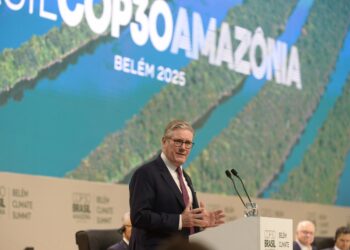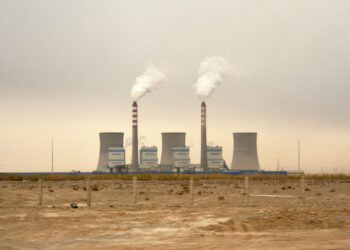Six years ago, the world came together in Paris to declare a shared intent to keep global warming below +2°C, and – if possible – to restrict temperature rise to +1.5°C. The plaudits for this historic agreement were justified at the time – but building that framework was just the start. Despite the various pledges and initiatives revealed in Glasgow, it’s still unclear whether the +1.5°C goal is now within reach.
At heart, the COP process is a goal-setting mechanism – and in this respect, there’s reason to remain optimistic. Major announcements from multinational coalitions delivered significant promises of methane reduction; actions to reduce or eliminate deforestation; provide critical financial support for the most vulnerable countries; and, perhaps most surprisingly, increased collaboration between the world’s two leading emitters, China and the United States.
Analysis of these latest commitments by the respected Climate Action Tracker (CAT) and International Energy Agency (IEA) project that the fresh pledges made over the past fortnight have the potential to reduce global warming by 0.5°C – a significant stride toward the +1.5°C target.
The Glasgow Climate Pact represents the first time the world has formally agreed that tackling fossil fuel subsidies is a goal worth pursuing, and that the +1.5°C goal should be a Northstar for the global community moving forward. These philosophical shifts also represent is a major step towards driving the decarbonization of global economies and accelerating the clean energy transition.
Perhaps the best news out of Glasgow was the focus and attention paid to the role that nature – and the rights of Indigenous communities whose lands play host to so much of the world’s remaining wildlife habitat – can play in addressing the interconnected climate and biodiversity emergencies. Nature was on the agenda at COP26 like never before. Unlocking the potential of forests, farms, and wetlands to deliver up to a third of the emissions reductions needed by 2030 must be prioritized.
So, despite suggestions to the contrary, I believe we can leave COP26 with some hope still intact. Major economies like China, the E.U, and the U.S. are beginning to show serious climate ambition and – crucially – the finance to back it up. But still too few have turned ambitious rhetoric into tangible actions. It is imperative, as we look towards COP27 in Egypt and the threats facing its African neighbors, that on-the-ground implementation of proven climate strategies accelerates this year. As UN Secretary-General Antonio Guterres put it, we have now reached “code red for humanity.” There is no more time to waste.
For all the celebrations at the time, in policy circles we understood that the Paris Agreement only ever provided a scaffolding of sorts – a frame around which to build a safer, more prosperous and lower-carbon planet for our children and our grandchildren. Progress on laying the foundations for the future has been made. Now, the hard work toward accelerating commitments into real-world action must begin.
(Courtesy Nature Conservancy)












